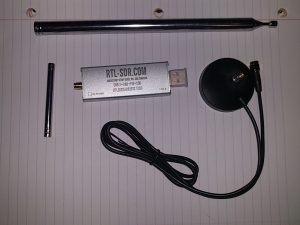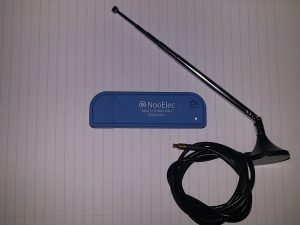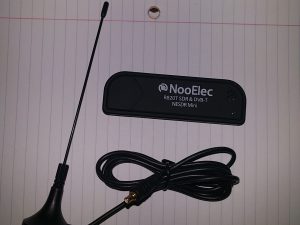We live, we learn. A year ago, I had this post about my raspi-NAS failing. One of the things I said was I’d look into building a real RAID 1 based NAS on a Raspberry Pi.
Yeah, researching that subject while rebuilding my home network a few weeks ago, I found out that USB and RAID don’t work together like that. So, if I want a NAS with RAID, I’d have to do something else. Like a rack-mounted server running FreeNAS. Yes, I know it’s being rebranded TrueNAS Core.
I tried Open Media Vault (OMV) with my existing powered external hard drives. It didn’t like them. OVM could see the drives but wouldn’t let me do anything other than formatting them.
I’m sorry, I’m not interested in losing all my data. So I just set up the Raspberry Pi to run Samba again. It works fine.
I might try to rerun OVM someday when I have free time and free hardware to set it up, but I have a long list of things to do before then.



